The deal, believed to be the first between an Australian battery company and the United States Department of Defence, is particularly important for Redflow because it has the potential to seed a much broader rollout across the department’s more than 450 global bases.
The USD 2.83 million ($4.4 million) contract will see Redflow work with engineering partner Ameresco to “repower” a solar microgrid located at the Stewart Air National Guard Base in New York state. The project aims to extend the duration of energy storage at the existing installation – presumably by integrating a Redflow zinc-bromide battery system. Redflow has flagged a storage capacity between 1.2 to 1.4 MWh.
The end goal is to enable the microgrid to provide a dispatchable solar and storage resources for peak shaving and energy resilience, Redflow says. Deployment and commissioning of the battery system is planned for the second half of 2024.
The US market has been the target expansion area for Redflow for some time now. This particular project stems from Reflow’s involvement in the US Department of Defence (DoD) Extended Duration Storage for Installations program, which is aiming to provide its more than 450 global bases with backup power and energy resilience.
Importantly, Redflow is directly contracted with the DoD to deliver the project. “We have been working with the Defence Innovation Unit for the past year to support their energy resilience objectives across the military’s global operations,” Redflow CEO and Managing Director Tim Harris said.
“To be selected as the solution provider is validation that Redflow’s LDES solutions hold the potential to deliver significant benefits to US Department of Defence installations worldwide,” he added.
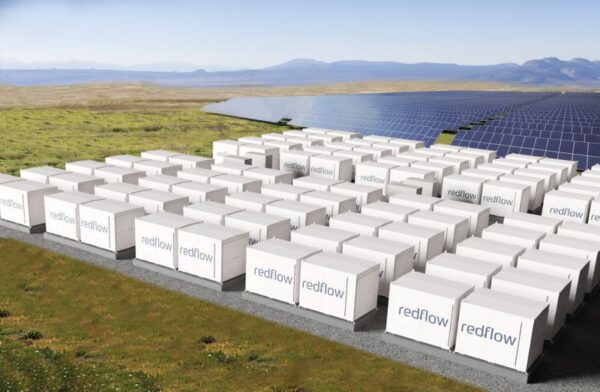
Image: Redflow
In June, Redflow won another major project in California to build one of the world’s largest zinc-based battery energy storage systems at 20 MWh. The $18 million (USD 12 million) project received funding from the California Energy Commission.
The 20 MWh battery energy storage system will be paired with a 5 MW solar installation as part of a $50 million renewable energy microgrid which will provide power for the Paskenta Band of Nomlaki Indians in northern California.
Redflow produces its zinc-bromide flow batteries at its factory in Thailand, which it is currently in the process of scaling up.
After decades struggling to break into the big time, flow batteries projects have finally started to secure serious backing. Flow batteries are physically much bigger than lithium-counterparts, but promise far better cycling, safety, lifespans and deeper duration storage.
This content is protected by copyright and may not be reused. If you want to cooperate with us and would like to reuse some of our content, please contact: editors@pv-magazine.com.
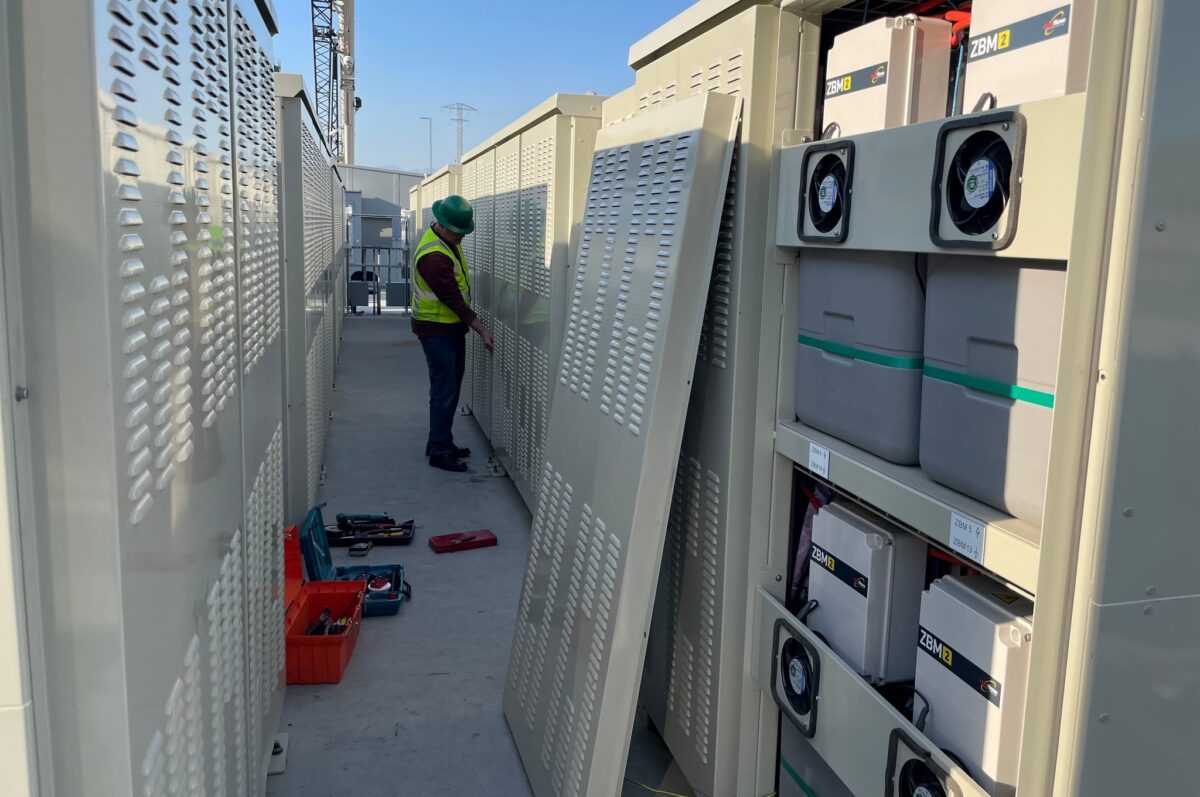
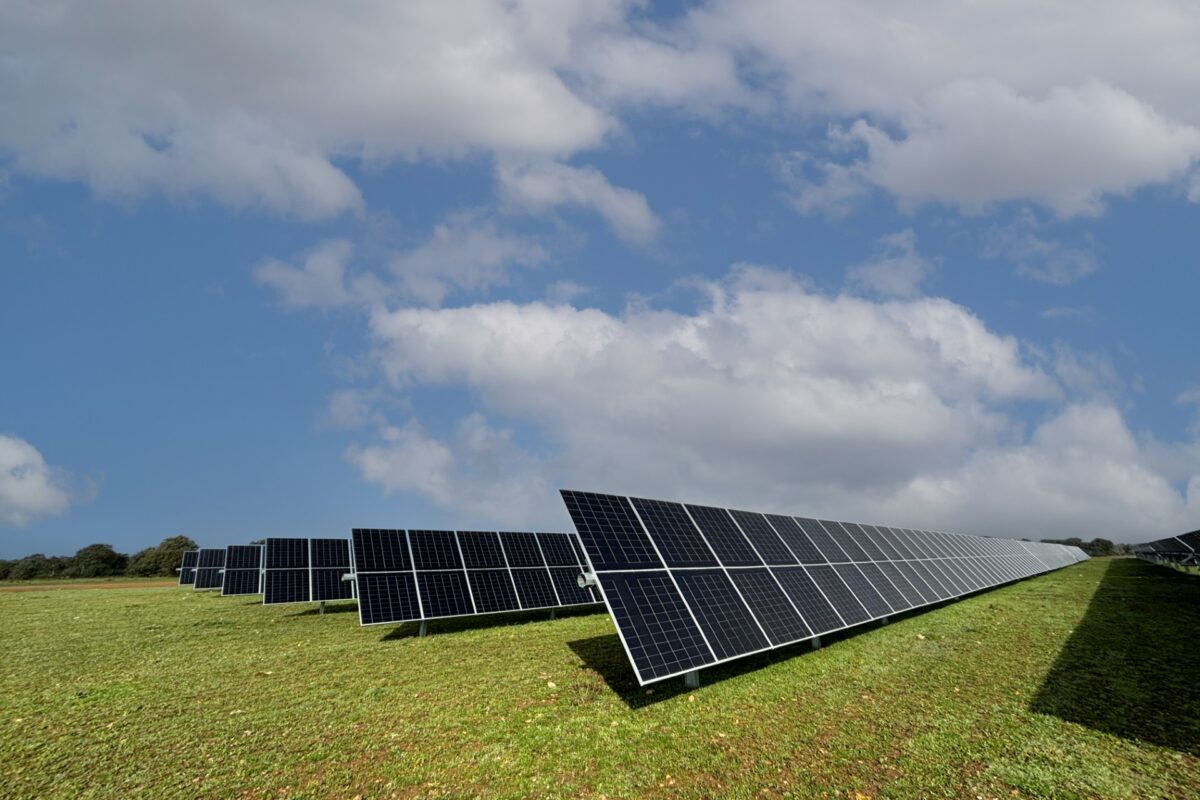


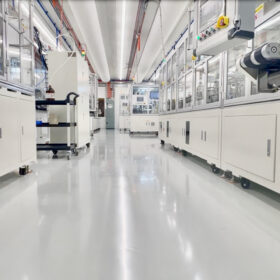
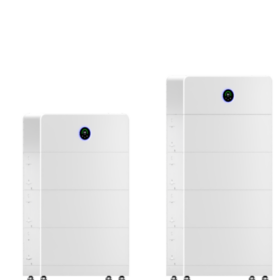
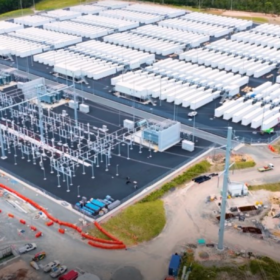
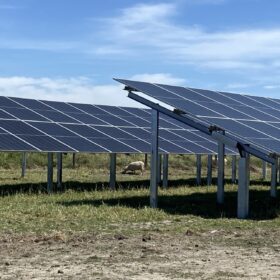
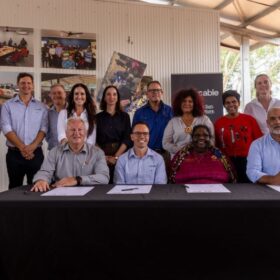
By submitting this form you agree to pv magazine using your data for the purposes of publishing your comment.
Your personal data will only be disclosed or otherwise transmitted to third parties for the purposes of spam filtering or if this is necessary for technical maintenance of the website. Any other transfer to third parties will not take place unless this is justified on the basis of applicable data protection regulations or if pv magazine is legally obliged to do so.
You may revoke this consent at any time with effect for the future, in which case your personal data will be deleted immediately. Otherwise, your data will be deleted if pv magazine has processed your request or the purpose of data storage is fulfilled.
Further information on data privacy can be found in our Data Protection Policy.